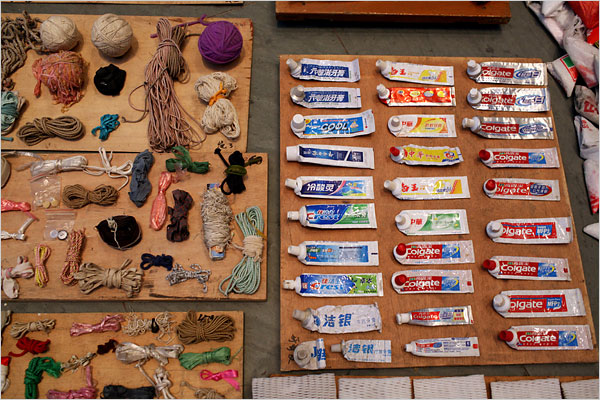Is a drama with an undercurrent of dark humor. Film touches on issues like child and spousal abuse, racism and revange. With time it shows how difficult can be to differentiate between love and hate.
One of the key elements of The Celebration is the style in which it is presented, called Dogme95 - movement of young Danish filmmakers who preferred simple production values and naturalistic performances.
Filmed using a hand-held camera with natural lighting, to make the viewer feel as a part of the movie action.
The occasion for the celebration is the 60th birthday of the patriarch, Helge, at the family-run hotel; attended by family and friends.
One of the first scenes of the movie impress with its natural approach, when guests arriving for the celebration.
Scene look even too realistic, which makes viewer feel like he/she know that people.
Everybody are smiling, laughing and welcom each other, as well as rushing around to get their room and just start celebration.
It’s like a situation from everyday life.
Birthday speech by elder son Christian, which makes uncomfortable silence.
Firstly guest around the table seems to be quite excited. But when speech gathers speed, situation in the room becoming really awkward.
Speech is to father, so mother stays in defense, putting her son in bad light. As some saying says: she is turning things upside down.
This scene was captured and viewer can feel as a part of it with the intimacy of angles and easy frame cuts which works extremely well.
It is the first Dogme movie, which shows the best of the movement – realism. By use of natural lighting, no superficial actions or change of time and place. Without dramtic music or use of heavy production machinery.
It is simply approached, with minimalism, which make movie focused and basic.



.JPG)














































